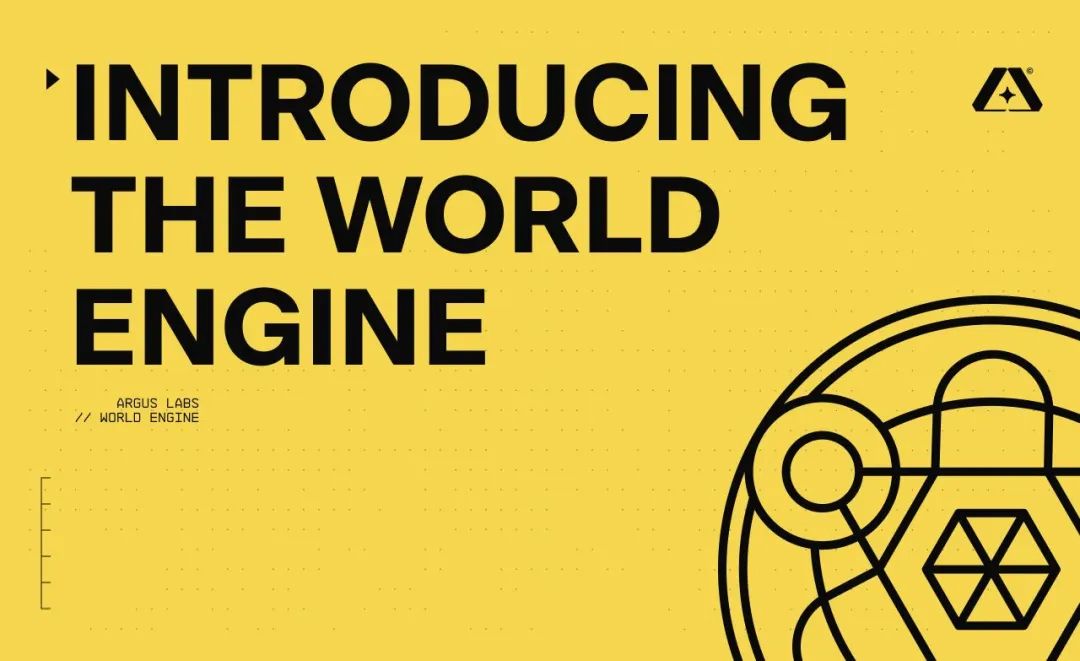Zhongan Technology Li Xuefeng: Based on insurance, using blockchain to innovate industrial applications
At present, the insurance industry still has problems such as low payment efficiency, security risks in data privacy protection, and information asymmetry between customers and insurance companies. The application of blockchain technology can solve the above problems well. The intelligent contract based on blockchain technology can realize automatic claims, reduce the large number of manual operations in the traditional insurance claims process, and improve the payment efficiency. The encryption algorithm realizes the customer. The protection of information reduces the risk of leakage of customer information; using blockchain technology, insurance companies can also verify whether there are duplicate transactions or suspicious transactions in the payment.
Blockchain technology has broad application prospects in the insurance field. According to Research And Markets, the global blockchain insurance market will grow from $64.5 million in 2018 to $1.394 billion in 2023, a compound annual growth rate of 84.9%.
As a wholly-owned subsidiary of Zhong An Insurance, Zhong An Technology has been exploring the application of blockchain technology in insurance since 2016. Recently, Li Xuefeng, CTO of Zhongan Technology, said in an interview with media such as Zero Financial.
"In the future, the focus of Zhong'an blockchain will focus more on the exploration of insurance. Blockchain and smart contracts will have a major impact on insurance. We have begun to infiltrate from simple, marginal businesses, from early health insurance policies. Deposit certificates, claims for smart contracts, and policy passes, hope to use technology innovation to release manpower, improve efficiency, and reduce trade friction and loss between collaborations."
1. Product layout: based on the public security chain, focus on the underlying technology of blockchain
At present, Zhongan Technology's blockchain products mainly include Annchain, titanium empty space (distributed privacy and secure storage), titanium deposit certificate (electronic data security) and Titanium.
Zhongan Chain is an enterprise-level alliance chain and the basis for the blockchain layout of Zhongan Technology. Titanium empty cabin and titanium deposit certificate are the earliest blockchain products of Zhongan Technology. They are mainly aimed at the storage efficiency of electronic insurance policies and the privacy protection of users in the claims section. Titanium empty warehouse is a distributed encryption storage product that guarantees data security; while Titanium deposit certificate uses the security chain contract, distributed storage, cryptography and other technologies to securely store and store the certificate files. The Titanium contract can be applied to the electronic prescription scenario of the Internet hospital platform. The blockchain electronic signature based on the titanium contract can help the Internet hospital to achieve business security, reliability and responsibility traceability. In addition, the titanium contract is also used in music copyright confirmation, hotel electronic signature and other fields. Titanium is a decentralized digital identity network. Individual or organizational users have a unique ID on the whole network to identify the identity. The organization can authenticate the identity attribute of the user, and the user can also authorize the third party to query the identity attribute.
Talking about the future blockchain technology layout of Zhongan Technology, Li Xuefeng said:
“Zhongan Technology will continue to focus on the underlying technology of the blockchain, including contract engine, contract language, consensus algorithm, account structure, privacy agreement, calculation model, etc., and strive to solve the problem of blockchain expansion, security, centralization, etc.; The combination of blockchain and cloud computing , on the one hand, explores the automation of the blockchain SaaS in the vertical domain, node management, node dynamic addition, chain monitoring and operation, etc.; on the other hand, the traditional cloud computing in the form of middleware The micro-service architecture complements and adds features such as non-tamperable, multi-centered, self-certified innocence, and self-contained auditing."
2. R&D investment: Submit 129 blockchain related patents
According to the incomplete statistics of Zero Zhi think tank, as of October 2019, Zhongan Science and Technology ranked sixth in the global patent list with 178 items. "As of the end of September 2019, Zhongan Technology has submitted 129 patents related to blockchain, accounting for 46.5% of all invention patents of the company." Li Xuefeng mentioned.
For a company, it takes a lot of money from patent application to development authorization. According to Li Xuefeng:
"At present, the application for blockchain patents is not purely a theory, an algorithm or a formula. Basically, it requires a POC or a prototype, or the system is grounded. It is feasible from the perspective of engineering implementation and will accept the application. The whole process has ideas. To the engineering development, the patent ideas are finally extracted, the time is longer, and the cost is more."
Different countries have different authorization success rates, Li Xuefeng said:
"The success rate of authorization depends on the industry and professional division of labor, whether it is appearance or invention and creation, or artificial intelligence, software engineering, blockchain or password-related. At present, there are more innovations and more industries. Basically, the technology can be combined with the industry and combined with the landing scene to apply, so the success rate is still quite high."
Scientific and technological talents are the foundation of research and development. In 2016, Zhongan Science and Technology and Fudan University Computer Science Academy established the “Fudan-Zhongan Science and Technology Blockchain and Information Security Joint Laboratory”, and the laboratory is mainly devoted to the research of blockchain core technology. At present, more than 50% of the staff of the block chain team in the Zhongan District have a master degree or above, and the proportion of engineers and technicians is 54.5%.
3 , application scenarios: focus on insurance, extended to traceability, public welfare and medical treatment
The insurance field is the focus of Zhongan Technology's blockchain technology. Li Xuefeng said:
"The earliest public security technology to store health insurance claims documents to prevent user privacy leaks, in October 2018, released an insurance certificate based on the asset agreement "flying e-life", hoping to open the paper insurance and reinsurance process. At present, the main research is how to use the insurance certificate for more scope under the premise of ensuring user data privacy and data confirmation, whether it is reinsurance, electronic case circulation for health insurance, or auto insurance UBI data. Chains, all hope that under the data protection, under the data confirmation, the insurance assets will generate greater value under the supervision of the supervision. This is an attempt by Zhongan Technology to make insurance based on insurance."
Although the blockchain technology can solve the pain points in the development of the insurance industry to a certain extent, it still faces some problems in the actual application process. Li Xuefeng said:
“On the one hand, the technical risks brought by technological innovation, on the other hand, the data risks brought about by the development of blockchain technology. The accounts on the classic blockchain are not anonymous, but are not real names, and the transaction data is also public. However, these characteristics conflict with the actual financial compliance requirements. How to play the value of data assets without infringing on data privacy is an important research direction."
In addition to focusing on insurance, Zhongan Technology extends the application of blockchain technology to industries such as traceability, public welfare and medical care. Li Xuefeng mentioned:
"The insurance industry is the end of social and economic activities. The insurance industry can almost link all activities of the social economy and people's livelihood. Based on the blockchain research in the insurance field, it is actually equivalent to rehearsing the economic activities of the whole society. "
In traceability, the traceability solution provided by Zhongan integrates upstream supply chain, quality inspection organization, logistics organization, customs declaration agency and a large number of quality and legally operated high-quality businesses in the industry. Based on the blockchain, the diamond is traced from mining, cutting and quality inspection. , logistics, customs declaration, processing, wholesale and retail, the entire production and distribution process, allowing consumers to see the complete production and circulation of diamonds when buying diamonds, helping consumers to identify the authenticity of diamonds, and the government to combat smuggling .
In the public welfare scene, due to the many links of the public welfare platform, long cycle, difficult supervision, incomplete information, opaque, not timely, etc., the public more or less the execution of the non-profit organization, when the donation money can be given to the people in need Such questions are doubtful. Using blockchain technology, Zhongan Technology will record and encrypt donated user information, donation funds flow information and usage, ensuring that every donation cannot be tampered with, and every use can be tracked, so that the public can be more assured. Donate to the public.
In the medical scenario, medical institutions can implement patient data uplink, use the characteristics of public and private key management of blockchain to complete high-quality data confirmation and data mutual trust, and build a shared chain of authorization data based on blockchain. The insurance company, medical institutions, etc. trace the data and trace the use of the data, and use the blockchain reward mechanism to encourage patient authorization data. Relying on the credible data deposited on the chain, medical institutions can also expand service extensions, accept more third-party institutions, and expand their ecological service capabilities.
We will continue to update Blocking; if you have any questions or suggestions, please contact us!
Was this article helpful?
93 out of 132 found this helpful
Related articles
- Wuzhen·Huawei Zhang Xiaojun: Blockchain is to save costs, not to generate revenue
- Opinion | ENS: Why ENS does not create more top-level domains
- "Blockchain +" is here! Who will create great products of the new era?
- For three years, "blockchain + content" is still in place?
- Wuzhen·Yuandao: “5G*blockchain” will create more than tens of billions of encrypted digital assets
- "Lingyue 2020" world's first blockchain inter-annual speech is about to start
- Didn't wait for the Dfinity main online line, my proxy will run first.






